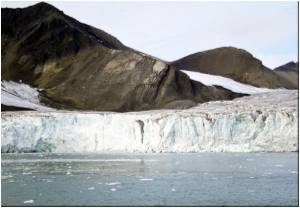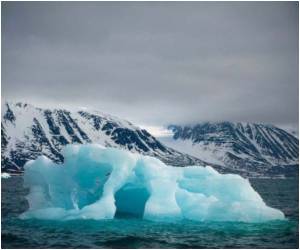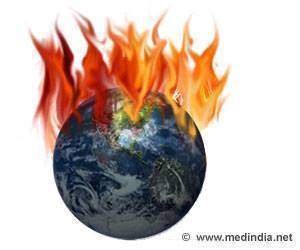A new research has suggested that mankind's emissions of carbon dioxide and the resulting temperature increase could prove to be our salvation from the next ice age.

"We are probably entering a new ice age right now. However, we're not noticing it due to the effects of carbon dioxide," researcher Professor Lars Franzen said.
Looking back over the past three million years, the earth has experienced at least 30 periods of ice age, known as ice age pulses.
The periods in between are called interglacials.
The researchers believe that the Little Ice Age of the 16th to 18th centuries may have been halted as a result of human activity.
Increased felling of woodlands and growing areas of agricultural land, combined with the early stages of industrialisation, resulted in increased emissions of carbon dioxide which probably slowed down, or even reversed, the cooling trend.
Advertisement
"Without the human impact, the inevitable progression towards an ice age would have continued. The spread of peatlands is an important factor."
Advertisement
"By using the National Land Survey of Sweden's altitude database, we have calculated how much of Sweden could be covered by peatlands during an interglacial.
"We have taken a maximum terrain incline of three degrees as our upper limit, and have also excluded all lakes and areas with substrata that are unsuitable for peatland formation," he said.
Source-ANI









